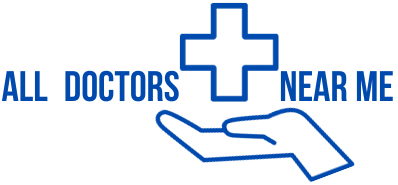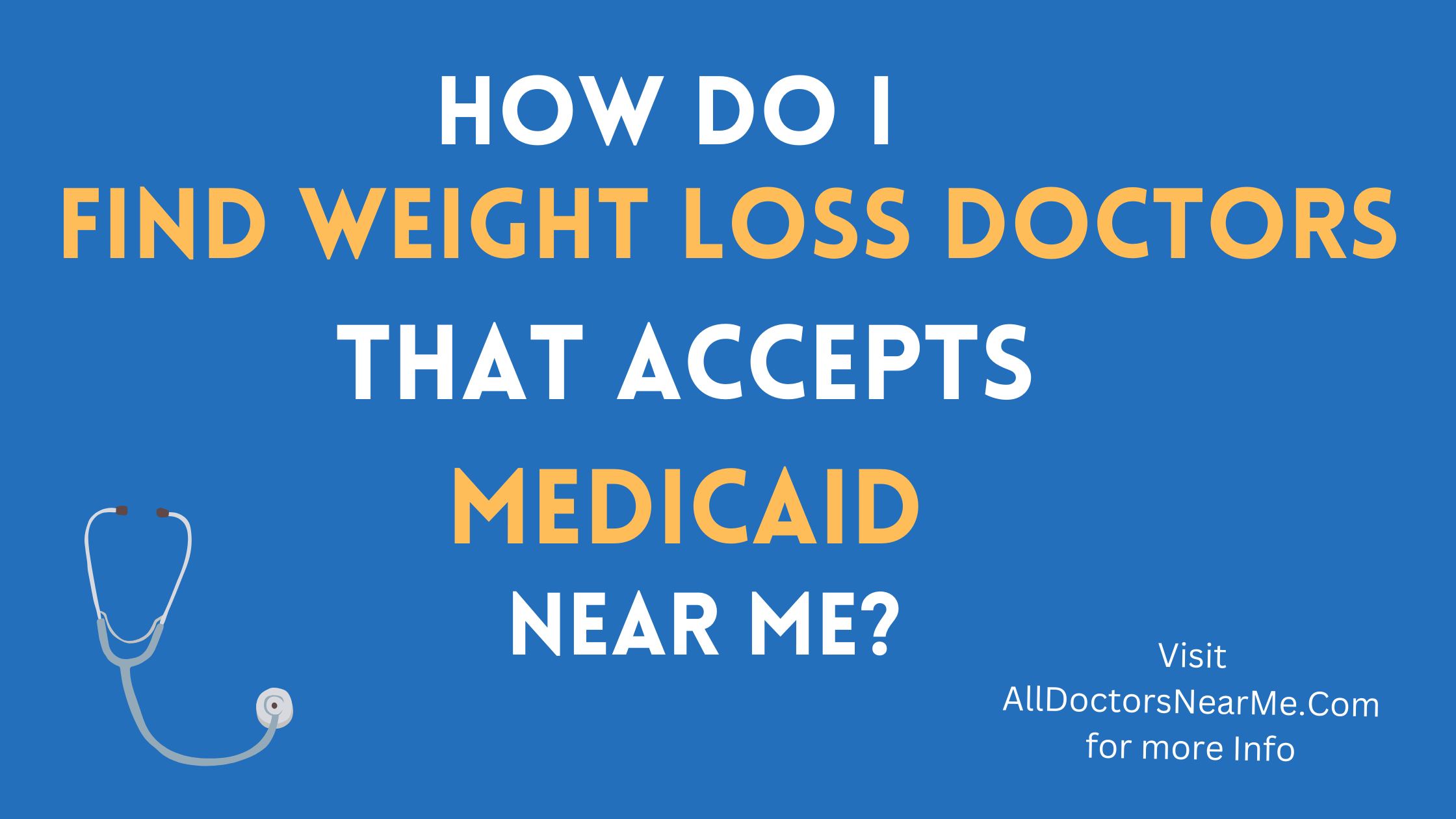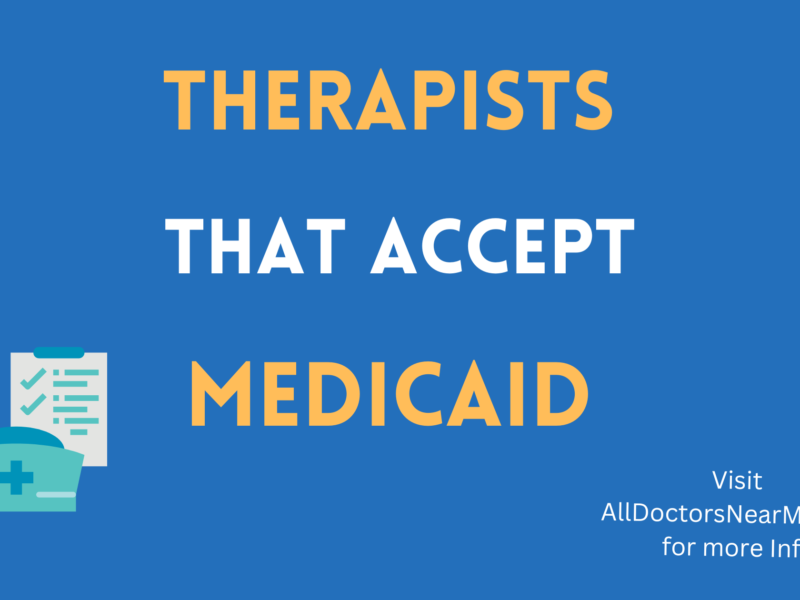Navigating the world of healthcare programs can often feel overwhelming. With so many options and terms, it’s easy to feel lost. Among the most common—but often misunderstood—programs in the United States are Medicaid and Medicare. Both serve millions of Americans and play vital roles in healthcare, yet they are distinct in purpose, eligibility, and coverage.
Understanding the differences between the two is not just about clarity; it can guide you or your loved ones to make informed, life-changing decisions regarding healthcare. Whether you’re planning for your future, helping a family member, or simply curious, this guide will illuminate the key distinctions and offer gentle guidance to help you explore your options.
Medicaid
To understand Medicaid is to understand its mission—providing access to healthcare for low-income individuals and families. Created in 1965 alongside Medicare, Medicaid represents hope for those who might otherwise lack the means to receive essential medical care.
Eligibility Criteria
Medicaid’s eligibility revolves around income and family size. Each state sets specific thresholds, but it’s primarily designed to serve:
- Low-income families
- Pregnant women
- Children
- Elderly adults
- Individuals with disabilities
Some states have expanded Medicaid under the Affordable Care Act, making it accessible to a broader range of individuals based solely on income.
Services Covered
Medicaid offers broad healthcare coverage, further cementing its role as a safety net for those in need. Services include, but are not limited to:
- Routine doctor visits and check-ups
- Hospitalization and emergency room care
- Prescription medications
- Long-term care services, such as nursing homes and home health care
- Preventive services like vaccines and screenings
Many states even provide vision, dental, and mental health coverage under Medicaid, ensuring vital aspects of care are addressed.
How to Apply
The path to Medicaid begins with an application, and the process can vary by state. You can apply:
- Online, through your state’s Medicaid website or via healthcare.gov
- By phone
- Through your local Medicaid office
Patience and preparedness are key. Eligibility often requires documentation such as proof of income, identity, and residency. Approaching the process diligently ensures smoother guidance through the system.
Medicare
Medicare, by contrast, is rooted in support for older Americans and those with disabilities. It aims to provide comprehensive care for those later in life or navigating health challenges. While Medicaid is need-based, Medicare embraces a universal approach based on age or specific conditions.
Eligibility Criteria
You are typically eligible for Medicare if:
- You are aged 65 or older
- You have a qualifying disability (even if under 65)
- You have End-Stage Renal Disease (ESRD) requiring dialysis or kidney transplant
For those under 65, a minimum threshold of 24 months of disability benefits often applies before Medicare enrollment.
Parts of Medicare
Medicare consists of four parts, each like a piece of a puzzle contributing to a holistic health plan:
- Part A (Hospital Insurance): Covers inpatient hospital stays, skilled nursing facilities, hospice, and some home health care.
- Part B (Medical Insurance): Includes outpatient care, doctors’ services, preventive services, and medical equipment like walkers or diabetic supplies.
- Part C (Medicare Advantage): Offers an alternative to traditional Medicare by combining Part A and Part B through private insurers, often with added benefits like vision and dental.
- Part D (Prescription Drug Coverage): Provides assistance with the cost of prescription medications, protecting individuals from high drug costs.
Services Covered
Medicare’s coverage mirrors its multi-faceted structure, offering everything from hospitalization to outpatient care. However, it generally does not cover long-term care services or custodial care. Many enrollees supplement Medicare with Medigap policies for additional coverage.
Enrollment
Enrollment in Medicare is often automatic if you are already receiving Social Security benefits. Otherwise, you can sign up during the enrollment period through the Social Security Administration. Decisions during enrollment influence the structure of your benefits, so take time to evaluate your options thoughtfully.
Key Differences Between Medicaid and Medicare
The distinctions between Medicaid and Medicare may seem subtle, but they reflect entirely different systems and purposes.
Administration
- Medicaid is jointly funded by federal and state governments and administered at the state level. This results in programs that can vary significantly by location.
- Medicare, meanwhile, is fully run by the federal government, ensuring consistency across the country.
Funding Sources
- Medicaid: Funding primarily comes from federal and state taxes. Individuals pay minimal or no premiums, with coverage designed to reduce barriers for low-income participants.
- Medicare: Funded through payroll taxes, premiums, and general tax revenue. Beneficiaries typically pay some out-of-pocket costs, such as monthly premiums for Part B or copayments for services.
Coverage
While both aim to ensure healthcare access, their coverage differs. Medicaid handles long-term care, often filling gaps Medicare does not cover. Medicare focuses more on acute care for seniors and individuals with disabilities.
How to Choose the Right Program
Deciding between the two programs—or understanding dual eligibility—can feel daunting. Reflect on your specific circumstances while considering the following factors:
Factors to Consider
- Age: For those under 65, Medicaid may offer options that Medicare cannot. Above 65, Medicare often takes precedence.
- Income Level: Medicaid is need-based, making it an option for younger individuals or families with limited income.
- Health Needs: Consider the extent of care you need, whether long-term or acute.
Dual Eligibility
It’s possible to qualify for both programs simultaneously, known as being “dual eligible.” This may occur if someone aged 65+ with limited income qualifies for Medicaid contributions to offset Medicare costs. Dual eligibility can maximize coverage and minimize out-of-pocket expenses, creating a safety net at the intersection of both programs.
Next Steps When Eligible for Both
When qualified for both, Medicaid typically acts as a secondary payer, covering costs Medicare does not. This synergy offers significant benefits, but managing both programs requires care and awareness.
Making Your Healthcare Journey Clear
Choosing between Medicaid and Medicare is not just about selecting a healthcare program—it’s about understanding your needs on a deeper level. These programs are lifelines, crafted to bring security and wellness across diverse circumstances.
Take time to evaluate the options, seek guidance when needed, and make decisions with confidence. Healthcare choices shape how you experience life’s challenges and opportunities, so approach them with clarity and insight.
For those ready to learn more about their options—or take the next steps—explore official resources or speak with healthcare professionals. If you found this article insightful, share it with someone who might benefit. Together, we can demystify Medicaid and Medicare, helping more individuals access the care they deserve.


